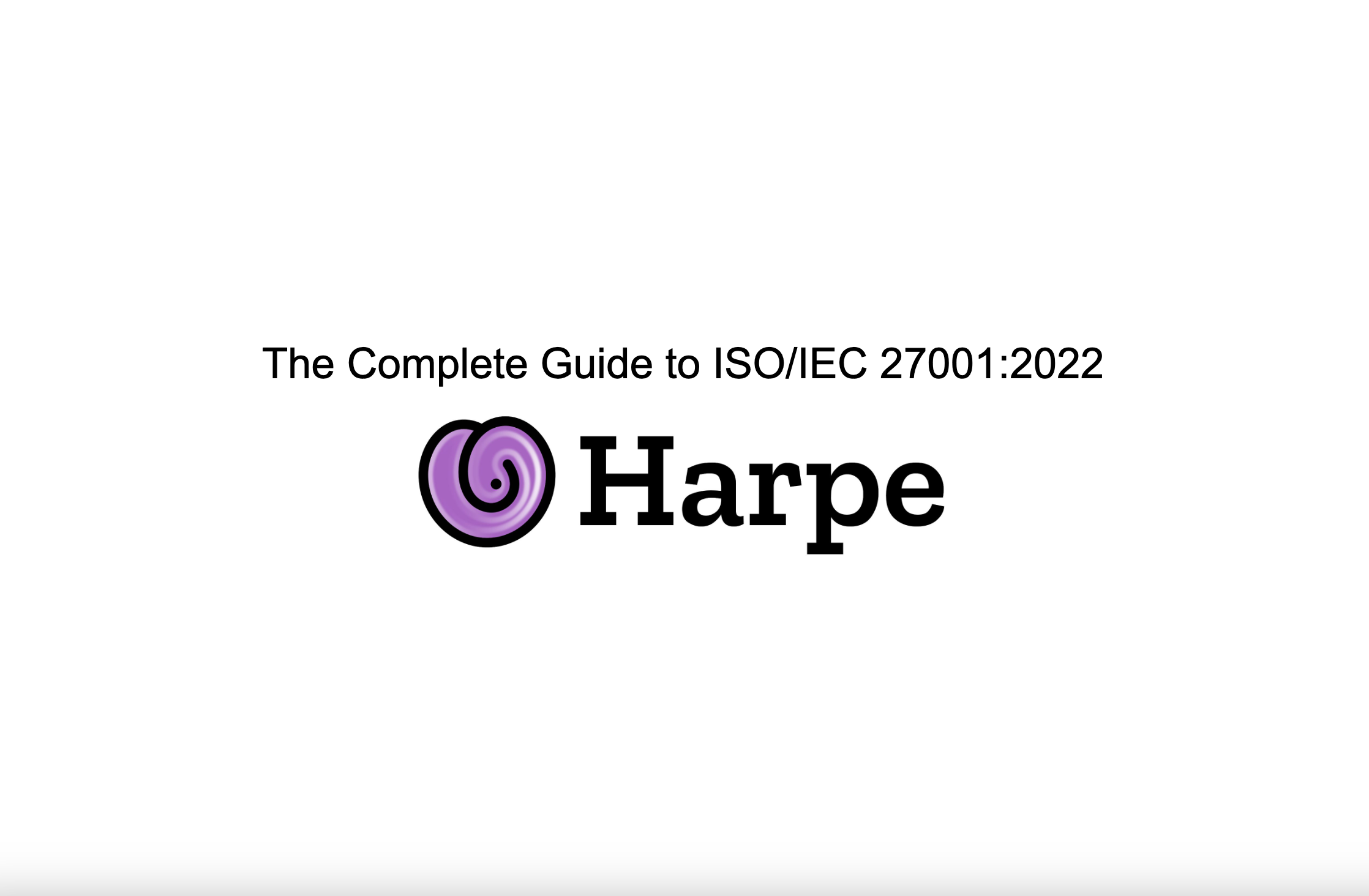Hello everyone,
As technology advances, cybersecurity becomes an ever more critical issue for organisations of all sizes, from multinational corporations to small businesses. The ISO/IEC 27001:2022 standard is one of the most renowned and globally recognised certifications to manage information security. This blog post serves as a comprehensive guide to understanding and implementing the ISO 27001:2022 standard.
What is ISO 27001:2022?
ISO/IEC 27001:2022 is the most recent update to the international standard that provides a framework for Information Security Management Systems (ISMS). This standard helps organisations manage their security practices consistently, both in terms of cost and risk control.
ISO 27001 outlines the requirements for establishing, implementing, maintaining, and continually improving an information security management system. It's also designed to assess and treat information security risks tailored to the needs of the organisation.
ISO 27001:2022 vs ISO 27001:2013
As a recent update to the previous 2013 version, ISO 27001:2022 introduces changes that further refine and improve the framework's overall efficiency. Here, we will highlight some of the key differences:
- The 2022 version adopts a more streamlined approach to the assessment and treatment of information security risks.
- It places a greater emphasis on establishing information security objectives at all relevant levels within the organisation.
- ISO 27001:2022 introduces new controls and modifies existing ones, improving clarity and relevance.
- The standard has been revised to align more closely with other ISO management system standards, enhancing its compatibility for integrated management systems.
For a complete overview of changes, refer to the official ISO/IEC 27001:2022 document.
The Core Elements of ISO 27001:2022
There are several critical components to understanding the ISO/IEC 27001:2022 standard:
- Scope of the ISMS (Clause 4.3): The organisation needs to define the boundaries of the ISMS. This includes the identification of internal and external issues, interested parties, and the scope itself.
- Leadership and Commitment (Clause 5): This clause highlights the role of top management in the successful implementation of the ISMS. Their tasks involve policy establishment, assigning roles and responsibilities, and showing commitment to continual improvement.
- Planning (Clause 6): The organisation needs to identify risks and opportunities, establish ISMS objectives, and devise a plan to achieve those objectives.
- Support (Clause 7): The organisation must ensure the availability of resources, raise awareness, provide necessary training, and manage documented information.
- Operation (Clause 8): This clause requires the organisation to conduct risk assessments, manage risks, and implement information security controls.
- Performance Evaluation (Clause 9): The organisation needs to monitor, measure, analyse, and evaluate the ISMS's performance.
- Improvement (Clause 10): Nonconformities need to be addressed, and corrective actions taken to continually improve the ISMS.
Implementing ISO 27001:2022
Implementing ISO 27001 involves several steps. Here's a simplified guide to get started:
- Define the ISMS Scope: The first step in implementing ISO 27001 is defining the ISMS scope, which should align with the organisations strategic context.
- Perform a Risk Assessment: This includes the identification, analysis, and evaluation of risks. It's an integral part of the standard that informs all subsequent steps.
- Establish an ISMS Policy: This policy provides a broad, high-level statement of intent that guides the implementation and operation of the ISMS.
- Implement Controls to Mitigate Risks: The ISO/IEC 27001:2022 standard provides a list of potential controls in Annex A. However, not all may be relevant to your organisation. Controls should be selected based on the outcomes of the risk assessment.
- Train and Raise Awareness: Ensure everyone in the organisation is aware of their role in the ISMS. Regular training and awareness sessions should be conducted.
- Monitor the ISMS: Regular audits should be performed to ensure the ISMS is working as intended and achieving its objectives.
- Continual Improvement: As with all ISO standards, ISO 27001 encourages continual improvement. This is achieved through regular monitoring, review, and updates to the ISMS, in response to changes in risks and the organisation itself.
- Certification: While not mandatory, certification can be a way of demonstrating your commitment to information security. It involves an external audit by an accredited certification body.
In Conclusion
The ISO/IEC 27001:2022 standard is a robust framework that helps organisations manage their information security risks efficiently and consistently. It enables organisations to build trust with stakeholders, including customers, suppliers, and regulatory bodies, by demonstrating their commitment to information security.
Like any substantial organisational change, implementing ISO 27001 requires time, resources, and commitment from top management. However, the benefits in terms of improved information security, increased customer confidence, and compliance with regulatory requirements make this a worthy investment.
We hope that this blog post provided you with an understanding of ISO/IEC 27001:2022, its benefits, and the steps required to implement it in your organisation. Remember, information security is not a one-time effort but an ongoing process of continuous improvement. Stay secure!
